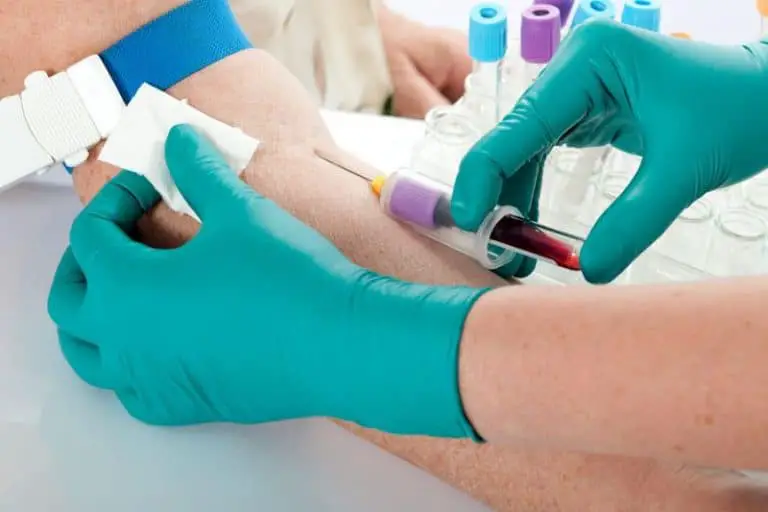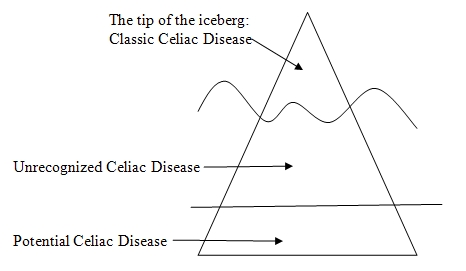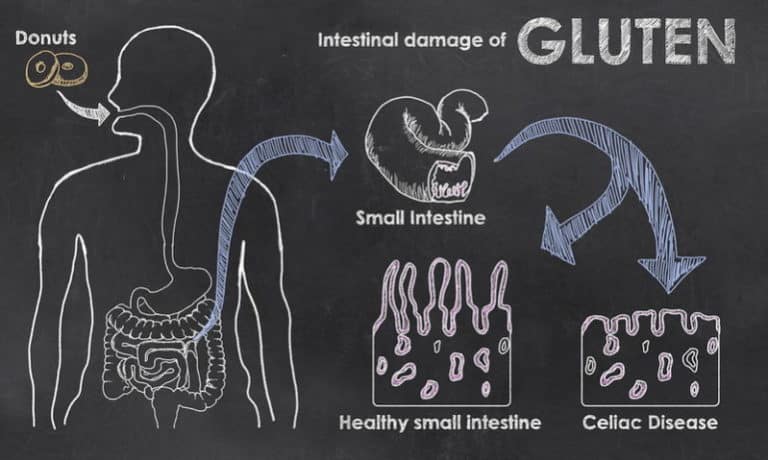Do I Have Celiac Disease, Crohn’s Disease Or Both?

It is possible to confuse the symptoms of celiac disease with those of inflammatory bowel disease (IBD), especially Crohn’s disease. There is an overlap in the symptoms of these diseases.
As researchers have learned, there are also multiple genes that people with celiac disease and Crohn’s disease have in common. Celiac disease in one family member increases the risk that another person in the same family will have inflammatory bowel disease.
Inflammatory bowel disease, as its name says, involves inflammation in the bowels, or intestines. Crohn’s disease can involve every part of the intestinal tract, but a part of the small intestine called the terminal ileum is almost always affected.
People with Crohn’s disease have pain, especially in the lower right side of the abdomen, and diarrhea. There may be fever and weight loss. Crohn’s disease can also affect other parts of the bowel and cause different symptoms.
The other type of inflammatory bowel disease, ulcerative colitis, occurs in the large bowel (the colon); it rarely affects the very end of the small bowel. Symptoms include diarrhea, crampy pain, passage of mucus, and rectal bleeding.
The rates of inflammatory bowel disease are high in Europe (like celiac disease) and North America. Between 26 and 199 out of every 100,000 people in the United States has Crohn’s disease. This makes Crohn’s disease about as common as celiac disease. Ulcerative colitis is rarer. These conditions seem to be increasing; either they are being diagnosed more frequently or more people are affected by IBD.
When Crohn’s disease attacks the small intestine, symptoms appear similar to those of celiac disease, because the same area is being damaged. In addition to pain and diarrhea, people with Crohn’s may not absorb enough nutrients, so that they can have weight loss and vitamin deficiencies like people with gluten intolerance.
In both diseases, there is an increased permeability, or leakiness, of the intestinal lining allowing things to get through that then trigger an immune reaction. In the case of celiac disease, it is gluten and its components that get through. In Crohn’s disease, it may be normal intestinal bacteria that cause the problem. In both cases, the body reacts by releasing a lot of chemicals that cause the symptoms of the disease.
There seems to be a higher risk of Crohn’s disease in people with celiac disease. Within families, there may be individuals with Crohn’s disease and others with celiac disease. There have also been patients who have both diseases.
A number of genes have been identified in people with both of the diseases that are associated with risk of the particular disease. Anyone with these genes might develop one or the other of the conditions. As of 2011 there were at least 14 so-called “susceptibility loci” shared between all inflammatory bowel diseases and celiac disease.
This is something to be aware of if you have IBD or CD. Neither you nor your family members are protected by one disease against getting the other. You should always let your doctor know if you develop new symptoms or you aren’t getting better.
[hr]






